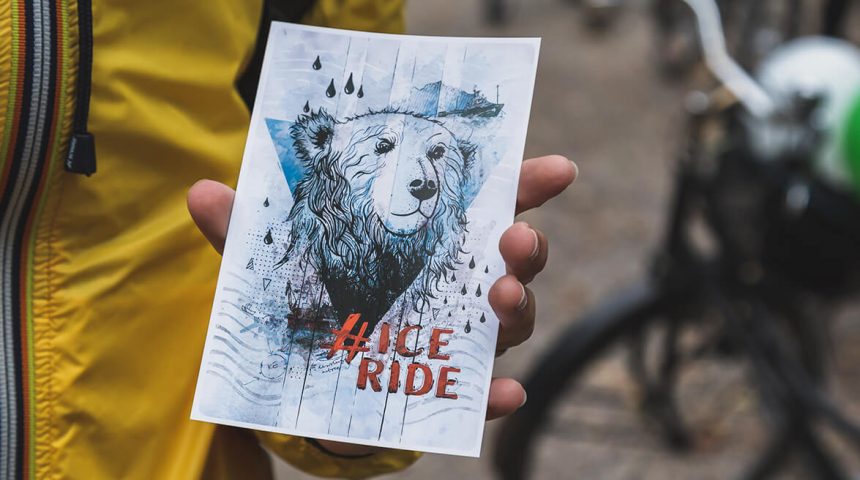The primary factor limiting grizzly bear recovery is human-caused mortality. Bears die when they get into trouble with people’s garbage, livestock, when they are hit by cars and trains or illegally killed. By preventing these conflicts we help both people and bears.
Before European colonization of North America, upwards of 50,000 grizzly bears—also known as brown bears—roamed free across what is now the continental United States. But more than a century of commercial trapping, persecution, habitat loss and poorly regulated hunting have taken a heavy toll on grizzly populations.
Today fewer than 1,500 of the majestic omnivores are left in just five small pockets of wilderness—across less than two percent of their former range—on the northern fringes of Washington state, and scattered throughout the Northern Rockies around Yellowstone and Glacier national parks. The grizzlies’ “threatened” status under the U.S. Endangered Species Act has allowed these remnant populations to start to rebound in recent years, but conservationists report the fierce bears (their scientific name is Ursus arctos horribilis) aren’t out of the woods yet, so to speak.
Wildlife biologists consider grizzlies to be an “umbrella” species, meaning that the health of their populations indicates how healthy hundreds of other native plant and animal species may be across the same habitat range. Grizzlies thrive in large uninterrupted wilderness areas, so environmental groups are working hard to connect up existing protected areas to allow for the bears to move into new territory and continue to rebound.

